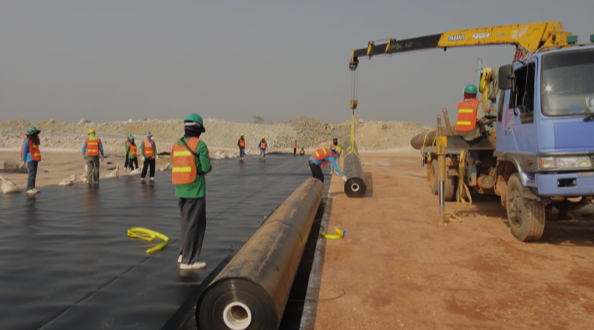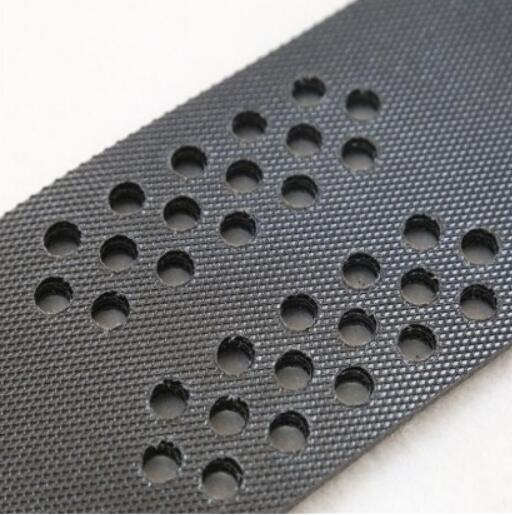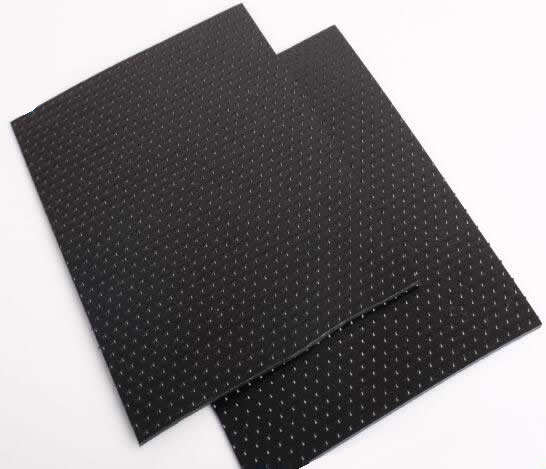- The Selection Criteria for High-Quality Geomembrane Liners
- The Installation Process of Geomembrane Liners
- The Environmental Impact of Geomembrane Liners
- Geomembrane Liners: A Barrier Against Soil Contamination
- The Advantages of Geomembrane Liners Over Traditional Lining Methods
Manager:Alvin Wang
WhatsApp:+62 8983806051
Tel:+86 10-5797-1075
Email:steelwang@okorder.com
Address:3rd Floor, No.2 Building, No.1 Sanlihe Road
Will HDPE geomembrane float in water?
hdpe Geomembrane has become an essential component of civil engineering and environmental projects for its resilience, adaptability and imperviousness. HDPE geomembrane is employed in a wide range of purposes from landfill linings and ponds to wastewater treatment systems, and irrigation canals .It prevents the escape of both liquid and gas; hence, it serves as an environmental protection tool. Nevertheless, one common question that arises is whether or not HDPE geomembrane will float on water. We therefore try to examine the factors influencing buoyancy of HDPE geomembrane and inquire: “Will HDPE geomembrane float in water?”

Understanding HDPE Geomembrane
However before we look into buoyancy issues let’s take a moment to explore properties and characteristics of HDPE geomebranes. The synthetic liner called high-density polyethylene resin (HDPE) is used to construct this plastic form material. It is suitable for variety of containment applications due to its great resistance to chemicals as well as mechanical strength at different levels.
Density and Buoyancy
The density ratio between the thicknesses of the HDPE geomembranes determinds this floating behavior. Any materials having a higher density than water would sink while those with lower densities have a tendency towards floating.
Density of HDPE Geomembrane
The density of Polytene sheets usually ranges from 0.94-0.97 grams per cubic centimeter (g/cm³), which is lower compared to that of water at around 1 g/cm³.This makes them less dense than water thus allowing floation when put on top.
Factors Affecting Buoyancy
Though the low-density nature gives it chances to float in waters, there are several factors affecting the buoyancy:
1.Thickness.
This refers to how thick or thin any given membrane can be Thus thickness becomes one of the factors that determine whether it will sink or float in water .Thick liners have more mass per unit area and therefore their density is high thus they don’t float on water. However, thin liners are light weight compared to thick ones hence can be carried away easily by rainwater.
2.Reinforcement
This entails addition of different reinforcement materials into HDPE geomembrane liner such as woven and non-woven Geotextiles to improve mechanical strength and resistance to punching.Some of these reinforcements raise the total weight of the liner for example geomatting which keeps it from floating on any fluid since its buoyancy has been reduced.
3.Surface Texture
Surface texture is also another important property that determines whether a membrane will sink in water or not.Smooth surfaces might experience increased friction with water; hence may move upward while textured or rough ones may have lower friction against water thus pushing them down.
4.Environmental Conditions
Factors like temperature, wind speed, wave action and currents do affect how HDPE geomembranes float in water. When temperatures rise slightly, the plastic might expand so much that it takes up more space while floating on water. Apart from this, wind waves coupled with currents cause some forces acting upon geomembrane thereby disturbing its balance.
Applications
The use of HDPE Geomembrane in various containment applications varies based on its buoyancy:
- Landfills: In this case, they are usually laid over compacted waste materials so as to stop leachate migration into surrounding soil and groundwater. The question of buoyancy may need addressing when installing geomembrane for landfills to ensure that it remains in place without getting submerged or displaced.
- Pools and Dams: HDPE geomembrane liners are employed for water retention in ponds or reservoirs. This is one of the reasons why the buoyancy of a geomembrane liner could be compromised when the water level of a pond goes down or there is hydraulic pressure.
- Sanitation: Water retention involves several containment options with HDPE geomembrane, which could include tanks, lagoons, basins among others to prevent gas or liquid seepage. In order to keep these systems watertight and stable, designers and constructors may have to consider whether the geomembranes have sufficient buoyancy.

Conclusion
To sum up, HDPE geomembranes can float in water as they are less dense than it. Nonetheless, thickness, reinforcement, surface texture and environmental conditions influence this property. To ensure that these membranes can function effectively and remain stable in different areas where they may be used for containment measures therefore depends on taking into account such factors during design installation processes by engineers and all project participants involved.






